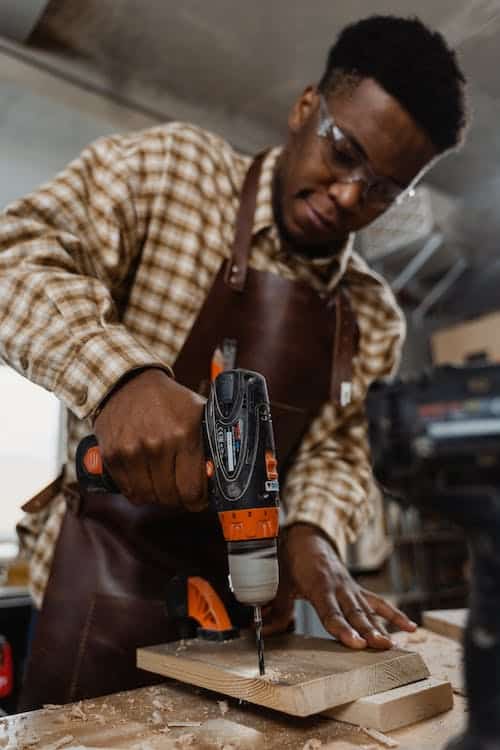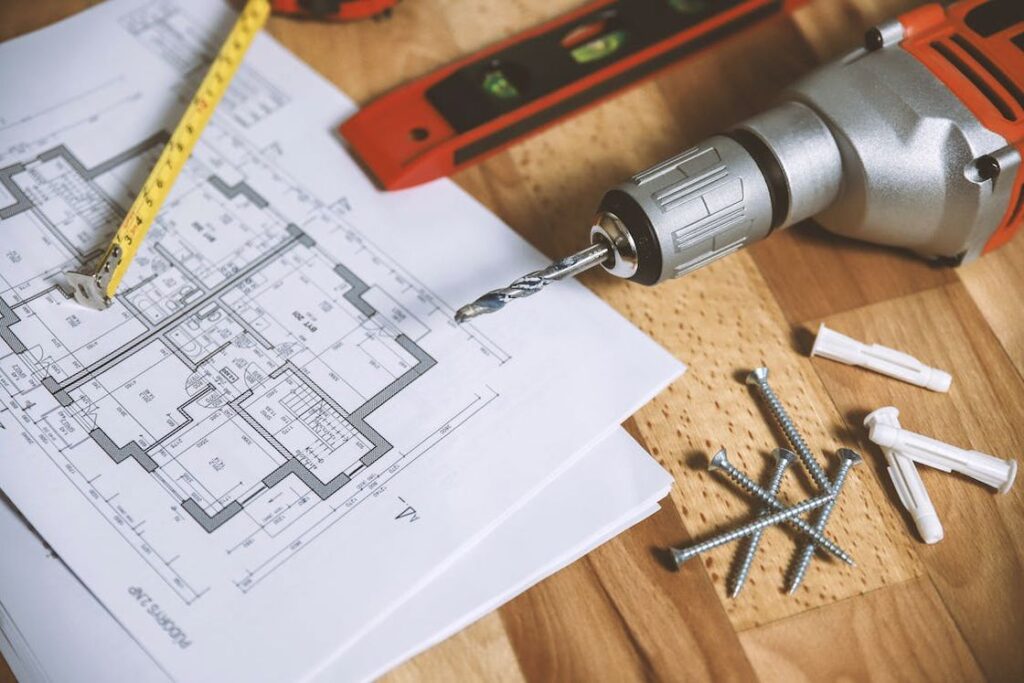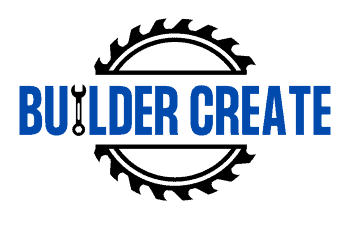#2 screws are one of the smallest screws around. If you don’t know what size drill bit for a #2 screw, you should know if you’re into very small woodcrafts.
Contents
What Size Drill Bit for #2 Screw?
When using a #2 screw, you will want to use a 1/16 inch drill bit. Unlike other screw sizes that need different drill bits based on whether or not they are working with hard or softwood, the #2 screw uses the same sized drill bit.

Try not to get this confused with the 21″ NPT tap. It’s also a lot smaller compared to the uncommon #18 screw that uses a 13/64″ drill bit if you are using softwood.
In some cases, you might see that #2 screws may different drill bit sizes. For example, if you are using AB self-tapping screws, Type B self-tapping screws, or Type 25 thread-cutting screws, you’ll need a different sized bit.
Tips for Using Small Drill Bits
Lubricate Drill Bits to Make Them Last Longer
Lubrication decreases the friction between surfaces. This means less heat is generated, making your drill bits less compromised when they’re not that heat resistant. It also keeps your drill bits working longer since it coats drill bits with protection against rust and other stuff.
Some surfaces like aluminum, brass, or cast iron don’t necessarily need lubrication to drill properly. It doesn’t always have to be the case as lubrication also offers other things.
Lubrication boosts your drilling speed since there is less friction. If you’ve drilled with and without lubrication, you probably noticed that drilling without lube is slower, especially if you’re not forcing your way through.
Use a Drill Press
Drilling with small drill bits requires a lot of accuracy. With a drill press, your accuracy increases significantly and generally produces better results. Most drill presses are built with metalworking features.
It has features that make drilling with small drill bits easier. For example, it has a handle that results in the bit going down into the workpiece at an accurate angle, creating a precise drilling area.

If you’re going to work on a lot of small drill bits in the future, it’s not bad to invest in a drill press with many features related to drilling with small drill bits.
Drill Bit Material Matters
Generally, most drill bits are made for general purposes. This means drill bits can make a decent job drilling holes in most metals. Some drill bits are better for drilling through wood, metal, and concrete.
Most manufacturers usually put the recommended bits to use in their packaging. Therefore, you should have a bit of knowledge of what drill bits to use. Here are some examples of drill bit types and what they can offer:
- Carbon steel can be classified into low and high-carbon steel. Low-carbon steel is the cheapest and is mainly used for drilling softwood and some plastics. High-carbon steel is more robust and can be used for hardwood and soft metals.
- High-speed steel is a popular choice because of its superior quality. It’s mainly used to drill wood and used for CNC drilling.
- Titanium is used for its high corrosion resistance. Titanium is mostly used for repetitive mass production of drilling steel, iron, wood, plastic, and other surfaces.
- Cobalt is mainly used for drilling surfaces that HSS bits can’t. Examples of these are stainless steel and other hard materials.
- A carbide tip is extremely durable. It’s mainly used for drilling fiberglass-reinforced plastic and nonferrous heavy metals.
- Diamond – is one of the toughest materials and is mainly used on the toughest surfaces, such as glass and ceramic.
Conclusion
#2 screws are generally used as fasteners for small woodworking projects. They are rarely used as the #4 screw is better preferred and is often used for really small crafts. Select the right drill bit size to complete your woodworking project properly.
